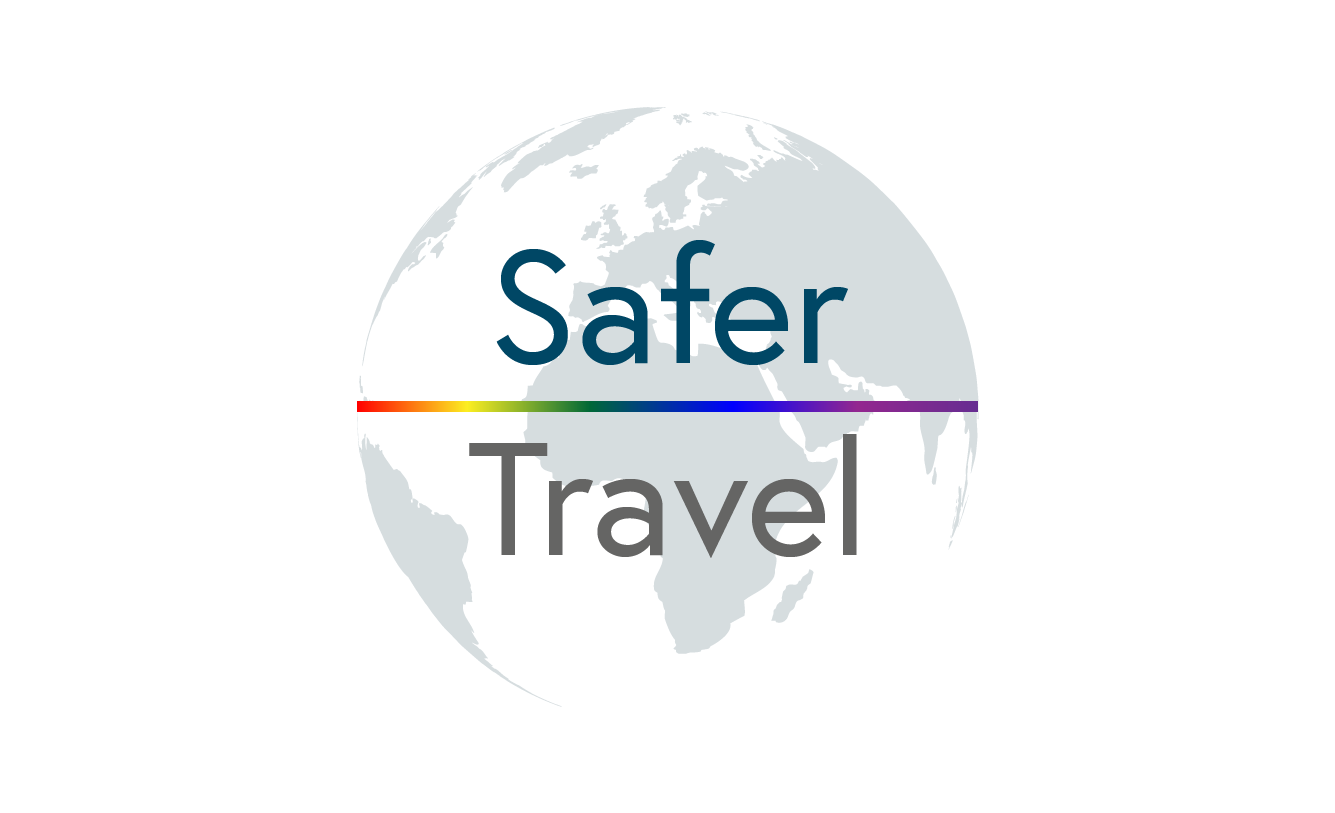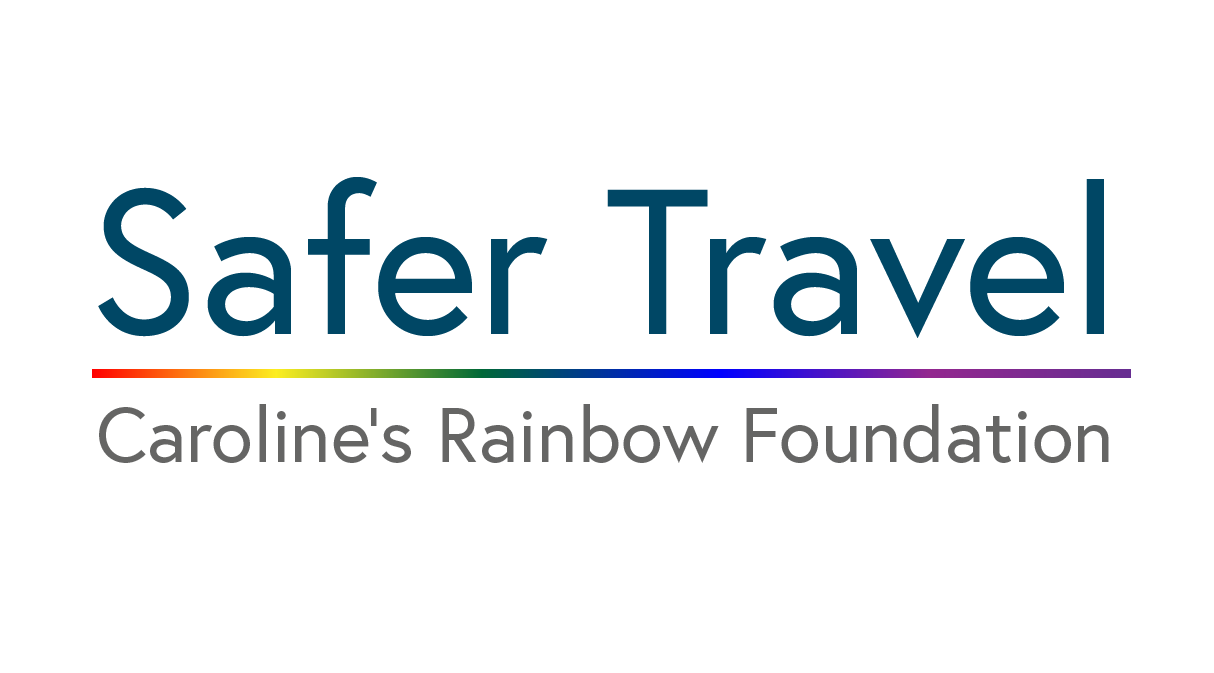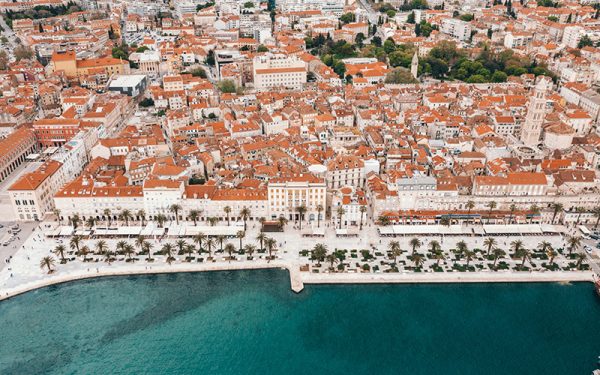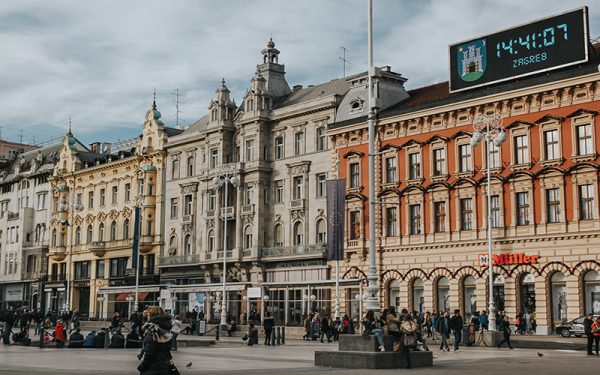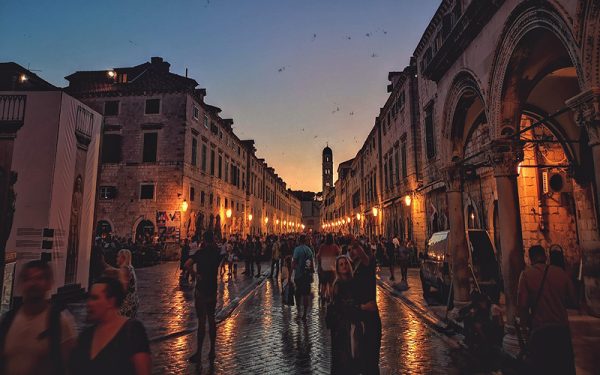Croatia
Details
Before visiting any country make sure you know the basics. General details and important information.
- Emergency Services: 112.
- Language: Croatian.
- Currency: Croatian Kuna.
- Capital City: Zagreb.
- Country Code: CRO.
- Travel Visa: None required.
- Population: 4,000,760.
- Driving: Right hand side.
Risk Level
Researching various official sources, we perceive the risk to holiday makers and travellers are as follows;
Travellers Tips
Top travel advice and interesting tip bits of information from experienced travellers.
Croatia
Does the country have any customs and traditions?
National Flag
The Croatian flag is the country’s most important national symbol, which has three stripes of colour: the top stripe being red, the middle stripe being white and the bottom stripe being blue. This flag was first used in 1848 when the region was ruled by the Austro-Hungarian Empire. Under the control of the socialists, a red star was added to the centre. In the present-day version of the flag, the star has been replaced with a coat of arms that consists of a symbol of each of the five parts of the country, overlaid on top of a red and white chessboard shield. The chessboard pattern dates back to the Middle Ages but, more recently, was also used by Croatian fascists during World War Two. The neighbouring Serbians – who were persecuted by Croatian fascists during the war – saw the reintroduction of this symbol into the flag as offensive.
The Moreska Sword Dance
The Moreska sword dance is a traditional Croatian folklore dance and it is a real treat to both watch and listen to. Originally from the island of Korcula, it used to only be performed on special occasions, but nowadays it occurs on a frequent basis to attract for the foreign tourists, especially during the busy summer season. The dance depicts the battle between the White and the Black King, who fight over an attractive princess. The “sword” dance between the two armies is complemented by entrancing musical performances which include local instruments such as the mišnice and drums.
The Christmas Wheat
In Croatia, the Christmas festivities normally begin on 13th December and involve a quaint family tradition whereby the family plants wheat seeds in a water-filled dish, and then store it in a warm place. By Christmas Eve, the wheat should have grown tall enough to tie together using a white, red and blue ribbon. A candle is then placed in the middle, signifying the glow of the soul inside every human being.
When is the best time to visit Croatia?
Most tourists choose to visit in the summer months when the weather is great, it can get quite hot so be prepared and take plenty of protection.
During the summer, temperatures range from around 21-25°C and in the winter they range from 7-10°C.
What are some top safety tips for visiting Croatia?
Arrange a time and meeting place with your friends if you go off by yourself and a back up plan in case you miss each other. Don’t rely on phones as sometimes there is no signal and calls can be expensive when aboard.
Carry a phone card, charge card or change for the pay phones, in case you have your phone stolen or run out of battery. Always keep the number and address of the hostel/hotel where yo are staying in case you can’t find your way back. Keep your luggage close at hand at all times and in sight if possible. Do not have your name or address visible on any tags and never leave your luggage unattended.
Different speed limits are set on different roads to keep you and other drivers safe. Make sure you look out for the speed signs and know what they are in the country you are visiting, a lot of the secondary roads were not built for the traffic and fast cars of today.
Familiarise yourself with your surroundings before setting out for the day, study at a city map so you have an idea of where you are going and you don’t have to pull it out at every corner. Carry yourself with confidence when walking around a city and that you know where you are going. When absorbed in the sights try to be mindful of your belongings and surroundings.
If you are out exploring a new place by yourself for the day be sure someone where you are staying knows your itinerary. Even mentioning your plans to the person on reception or a fellow resident over breakfast can give you peace of mind, if anything happens they can alert the appropriate people.
What are the main annual events in Croatia?
Old Christmas
Orthodox Christians celebrate Christmas in the Julian calendar on January 7th, the date is a national holiday and religious celebration, members of the faith hold parades and events throughout the country.
International Carnival of Rijeka
Held at Croatia’s largest port city, the yearly event is a cultural celebration of street parades, exhibitions and performance art that dates back over 100 years. The atmosphere is amazing and well worth being a part of.
Feast of St Blaise
Dubrovnik celebrates the feast of its patron saint. The day is a time of celebration and appreciation with a service and procession, many locals wear traditional costumes and get involved in many dances and performances.
